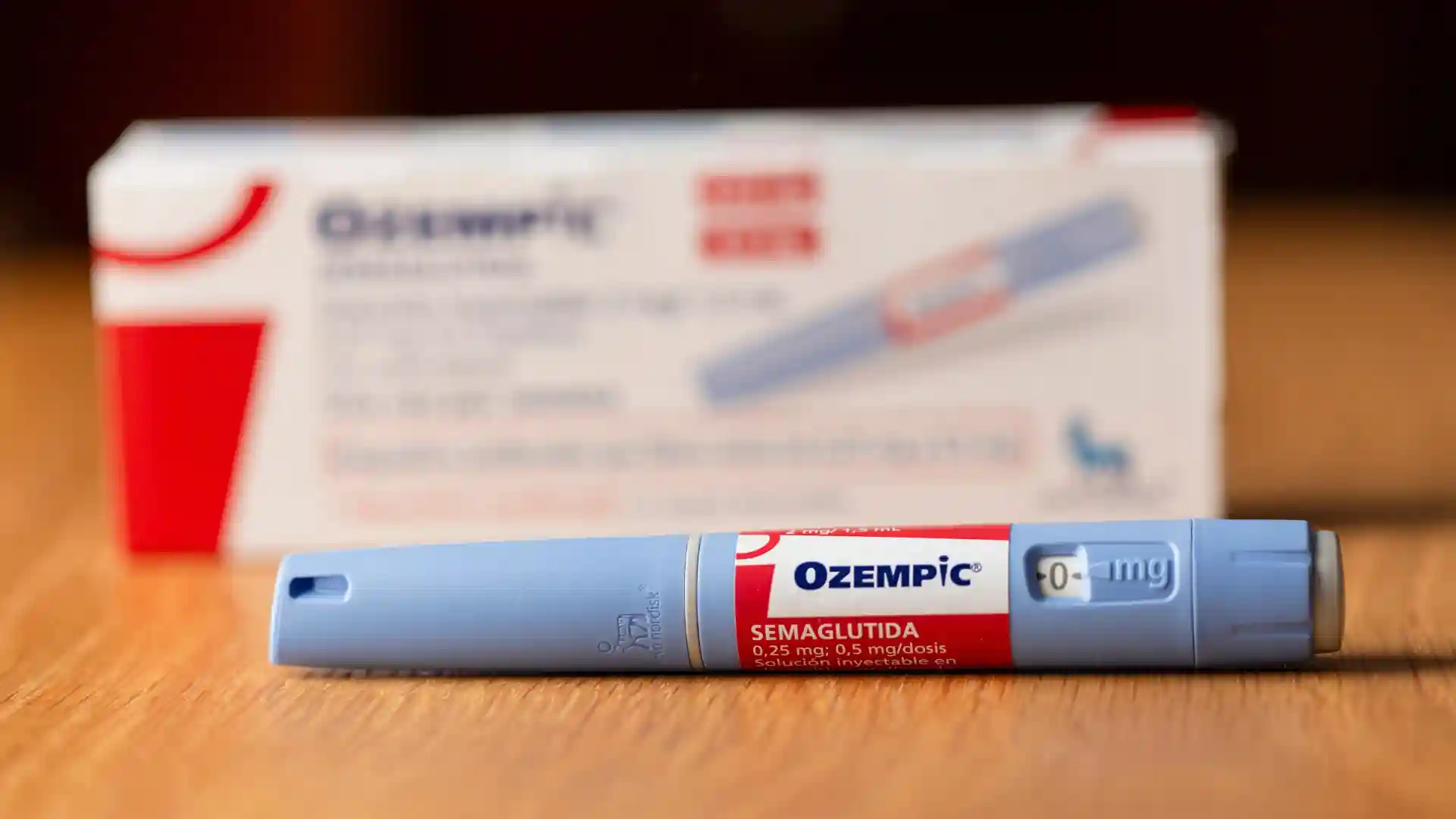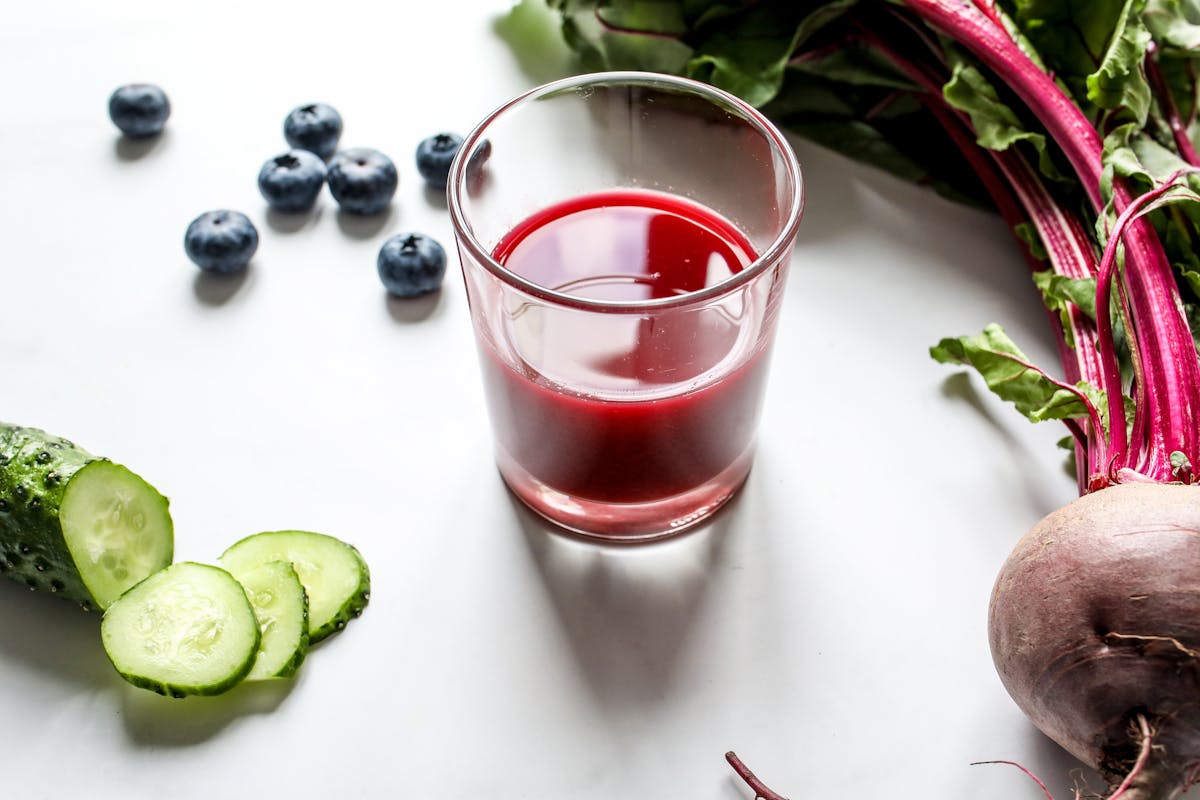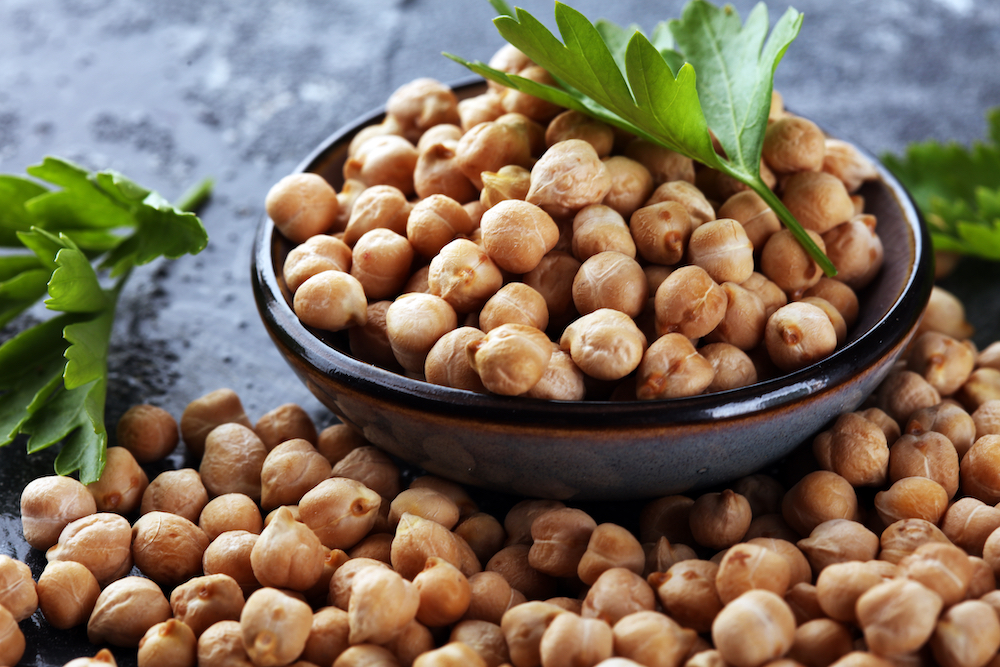
Scientists Think They've Found a Natural Alternative to Ozempic – It's a Bacterium
Ozempic has become synonymous with rapid weight loss and blood sugar control, but scientists are now exploring whether nature offers a similar solution.
Ozempic, a drug that mimics the action of the GLP-1 hormone, could face competition in the form of a gut bacterium.
A new lead in the fight against diabetes and sugar addiction comes from the gut.
Researchers from Jiangnan University in China believe they have discovered a way to naturally regulate blood sugar levels and reduce cravings for sweets – similarly to how Ozempic and related drugs work, reports Science Alert.
The key to this potential therapy lies in the gut microbiota, specifically in one bacterium and the substances it produces during digestion. By increasing the presence of this bacterium in mice with diabetes, scientists managed to stimulate the secretion of the GLP-1 hormone, which naturally regulates blood sugar and feelings of satiety.
This hormone – glucagon-like peptide-1 (GLP-1) – is already known to the public as the basis of drugs such as semaglutide, the main active ingredient in Ozempic.
In people with type 2 diabetes, the function of the GLP-1 hormone is often impaired, making blood sugar control more difficult. That's why GLP-1 analogues, like Ozempic, have become an important tool in treating this disease. Now, however, scientists are looking for ways to stimulate the body to naturally increase the production of this hormone.
“A growing body of research suggests that our eating habits and cravings originate from signals sent by the gut – an organ crucial in shaping dietary preferences,” write the authors of the study published in January.
But which genes, microorganisms, and their substances actually regulate the desire for sugar – this has remained unclear until now.
The new research highlights the bacterium Bacteroides vulgatus as a potentially important player. When mice were genetically prevented from producing the gut protein Ffar4, colonies of this bacterium significantly decreased, which also led to lower levels of the hormone FGF21 – believed to be linked to sugar cravings.
Interestingly, higher levels of FGF21 are also observed when using GLP-1 drugs, and people with a genetic variation of this hormone are more often found to have a stronger preference for sweets.
Blood analysis of 60 people with diabetes and 24 healthy individuals showed that mutations in the Ffar4 gene, which reduce the secretion of FGF21, may be associated with an increased desire for sugar – which could contribute to the development of the disease.
The key to this entire puzzle, it seems, again lies in the gut. When scientists gave mice a metabolite produced by B. vulgatus, there was an increase in the secretion of GLP-1 and then the FGF21 hormone – resulting in better blood sugar regulation and reduced cravings for sweets.
Although this effect has so far been confirmed only in mice, the authors believe they may be on the track to a strategy for preventing diabetes – without the need for medication.





